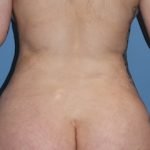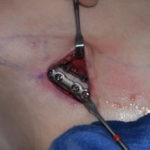Plastic Surgery Case Study – The Use of Suprapubic Liposuction in the Buried Penis
Background: A buried, or often called, hidden penis in children is either partially or completely covered by the surrounding pubic mound tissues. It is not due to a short or inadequately developed penis. While there are not usually significant medical problems from the lack of adequate or any penile show, the psychological effects are considerable Read More…


